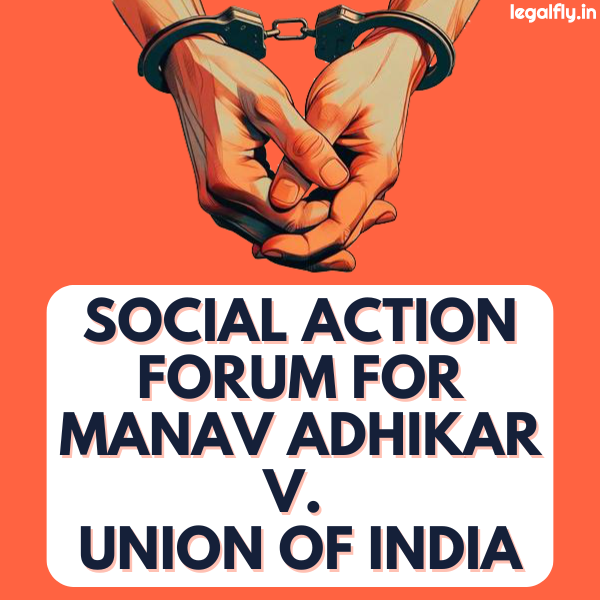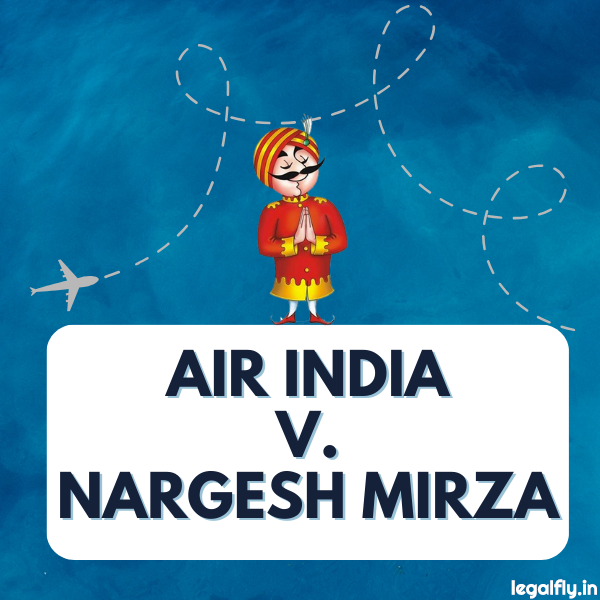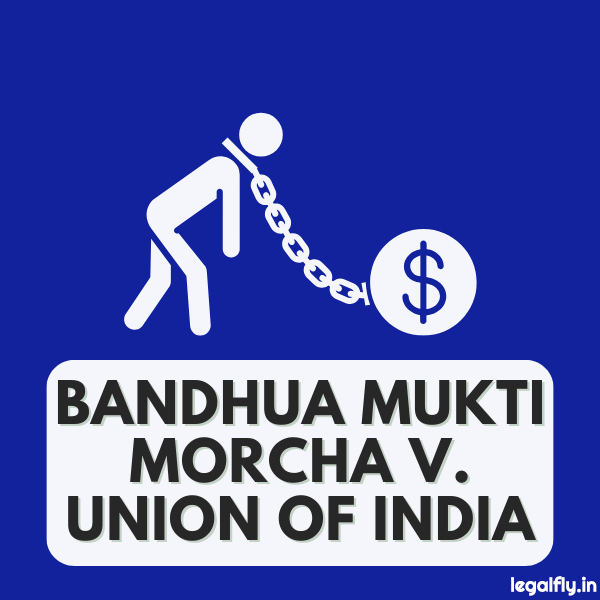Table of Contents
Case Name: Aruna Ramchandra Shanbaug v. Union of India
Court: Supreme Court of India
Year: 2011
Citation: (2011) 4 SCC 454
Introduction
On 7 March 2011, the Supreme Court of India delivered a landmark judgement in the case of Aruna Shanbaug v. Union of India, tackling the controversial subject of euthanasia and the right to die within the Indian legal and ethical frameworks. Aruna Shanbaug, a former nurse in Mumbai, was in a vegetative state for over three decades following a devastating assault in 1973. Her case brought forward the crucial debate on whether individuals in such conditions have the right to die with dignity.

The Supreme Court’s decision allowed passive euthanasia under specific guidelines, stating that the right to life also includes the right to die with dignity. This verdict opened a significant dialogue about balancing ethical principles and medical realities, challenging the existing norms around end-of-life care in India. The court observed that humanity and compassion must guide decisions regarding the withdrawal of life support.
By examining the broader implications of this case, the article will shed light on the ethical dilemmas faced by caregivers, the legal precedents set by the judiciary, and how this judgement has influenced societal views on the right to die. Understanding these facets is essential for grasping the complexities of euthanasia and its place in contemporary legal and medical discourse.
Key Takeaways
- The Supreme Court allowed passive euthanasia under strict guidelines.
- Aruna Shanbaug’s case brought the right to die into public debate.
- The judgement influenced legal and ethical views on end-of-life care.
Background of the Case
The case of Aruna Shanbaug v. Union of India involves the tragic life of Aruna Ramachandra Shanbaug and a historic legal battle about euthanasia and the right to die with dignity in India. Key aspects cover her personal tragedy, the existing legal framework before the case, and the significant participants in the petition.
Aruna Shanbaug’s Tragic Story
Aruna Ramachandra Shanbaug was a nurse working at KEM Hospital in Parel, Bombay. On 27 November 1973, a hospital worker sexually assaulted her, leading to severe injuries and deprivation of oxygen to her brain. This left her in a permanent vegetative state for over 41 years until her death in 2015. Aruna remained in a room at KEM Hospital, cared for by hospital staff and fellow nurses.
The injury caused due to strangulation by the assailant resulted in damage that left her unable to speak, move, or interact with the environment. Despite extensive care efforts, her condition never showed signs of improvement, sparking a debate on passive euthanasia and her right to die with dignity.
Legal Context Preceding the Case
Before the Aruna Shanbaug v. Union of India case, the legalisation of euthanasia was a controversial and largely unexplored territory in India. The Indian Constitution does not explicitly address the right to die. Article 21 guarantees the right to life but does not include the right to end it. The legal understanding of “right to life” generally implied preservation of life, not termination.

In earlier cases, Indian courts had ruled against legalising euthanasia, reflecting societal and ethical concerns. The case of Aruna Shanbaug brought these issues to the forefront and questioned whether passive euthanasia could be permissible under the Indian Constitution, especially for patients in a permanent vegetative state.
Petition and Respondents
The petition for euthanasia was filed by journalist Pinki Virani, who acted as Aruna’s “next friend.” In January 2011, she approached the Supreme Court of India, seeking permission to allow the discontinuation of life support, arguing that Aruna had the right to die with dignity.
The respondents included KEM Hospital and the medical staff caring for Aruna, who opposed the petition, arguing they were committed to her care and welfare. The case also involved the Union of India, challenging the broader implications of legalising euthanasia. This set the stage for a landmark ruling on passive euthanasia in the country.
The Supreme Court’s Judgement
The Supreme Court of India made a landmark decision on the Aruna Shanbaug v. Union of India case, addressing the complex issues surrounding passive euthanasia and the right to die with dignity. This case significantly impacted the interpretation of Article 21 of the Indian Constitution.
The Verdict on Passive Euthanasia
The Supreme Court, led by Justice Markandey Katju, delivered its judgement on 7 March 2011. The court held that passive euthanasia, which involves withdrawing life support, could be permissible under certain strict conditions. This decision was influenced by the fact that Aruna Shanbaug was not brain dead, as determined by medical reports and the definition within the Transplantation of Human Organs Act of 1994.
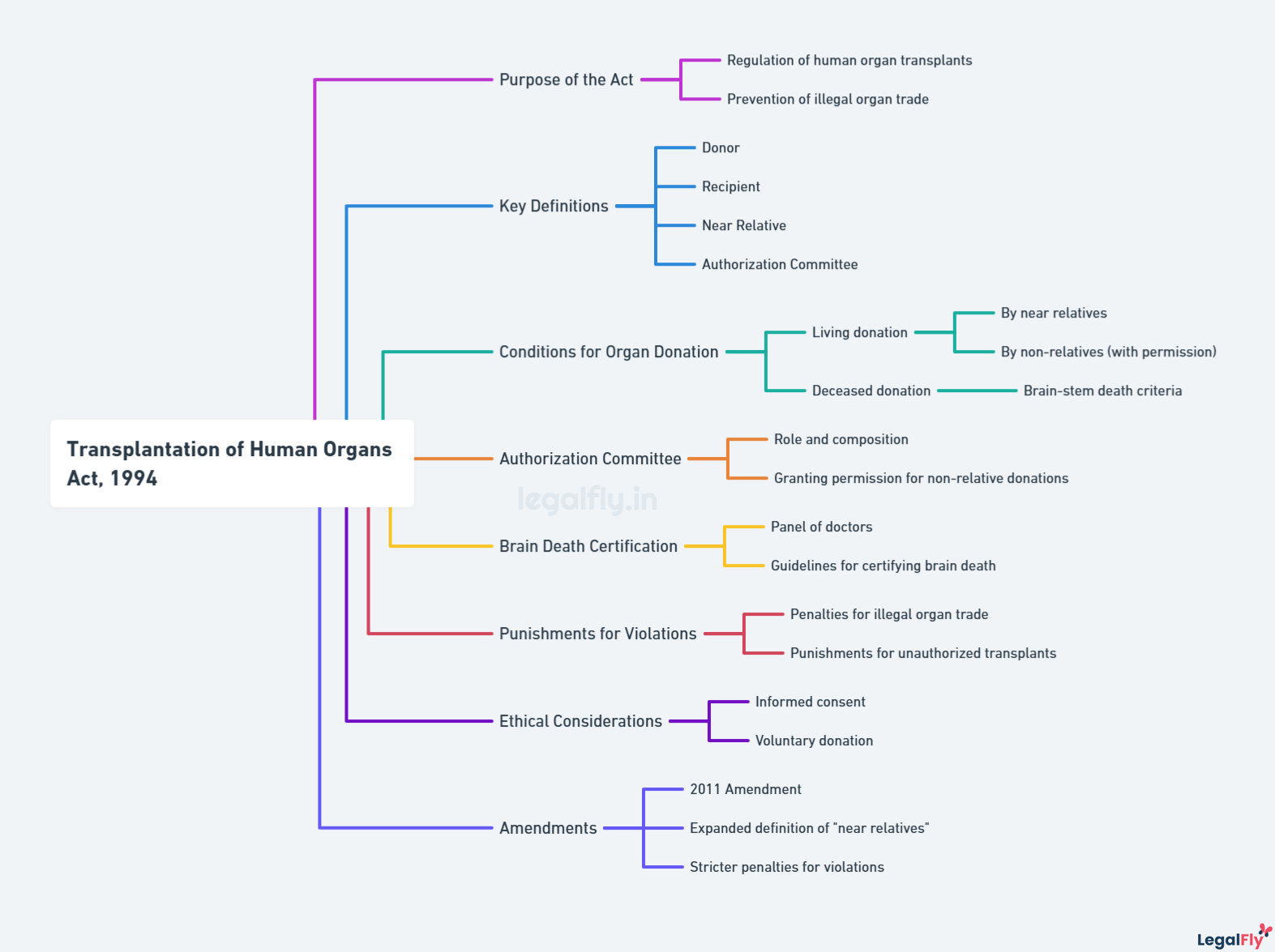
Chief Justice and other justices outlined that passive euthanasia could be allowed if approved by the High Court. They provided guidelines for such cases, requiring a detailed examination of the patient by a team of doctors. This landmark ruling established a legal framework for passive euthanasia in India.
Impact on Right to Life and Personal Liberty
Article 21 of the Constitution guarantees the right to life and personal liberty. In this judgement, the Supreme Court clarified that these rights do not include the right to die. Passive euthanasia, however, was recognised under specific guidelines, ensuring that life support could be withdrawn when continuing treatment would no longer serve the patient’s best interests.
The court’s ruling underscored that decisions regarding passive euthanasia should be made when a patient is in a permanent vegetative state, as was the case with Aruna Shanbaug. This decision empowered individuals and families to make difficult end-of-life choices while respecting human dignity and medical ethics.
This ruling also paved the way for further discussions on the right to refuse treatment, as highlighted by Article 32 of the Indian Constitution.
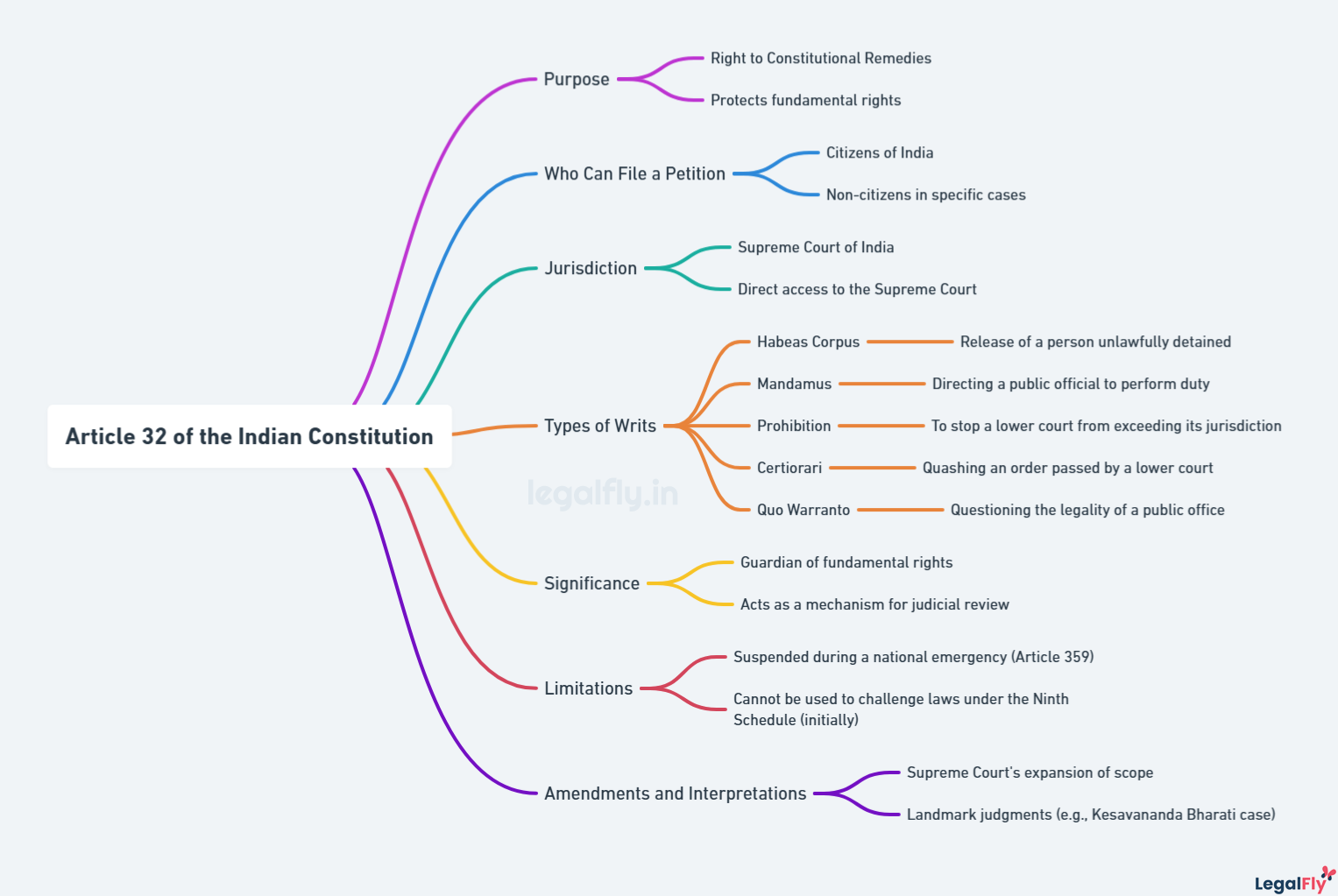
Ethical and Medical Considerations
The Aruna Shanbaug v. Union of India case raised crucial ethical and medical questions about euthanasia, specifically passive euthanasia and the right to die with dignity. Key points include the ethics of withholding treatment and the detailed medical considerations associated with patients in a vegetative state.
Ethics of Euthanasia and Healthcare
Euthanasia, mainly passive euthanasia, involves withholding medical treatment that extends life. The ethical debate centres on the patient’s quality of life. Aruna Shanbaug, who was in a vegetative state for 42 years, sparked discussions about the moral aspects of letting someone die to end suffering.
Healthcare professionals must balance their duty to save lives with respecting a patient’s right to die with dignity. In this case, a Committee of Three Reputed Doctors was formed to evaluate Aruna’s condition. They concluded she was in a permanent vegetative state but not brain dead.
Physician-assisted suicide further complicates the debate. Unlike passive euthanasia, it involves active intervention by a doctor to end life. The ethical considerations were scrutinised by policymakers and healthcare providers, prompting a nationwide dialogue about humane end-of-life care.
The Medical Narrative
Aruna Shanbaug’s medical history turned a spotlight on passive euthanasia. After being assaulted and left in a vegetative state, her care included basic food and hygiene but no advanced medical treatment to prolong her life. A panel of doctors thoroughly assessed her condition to make informed decisions.
Withholding unnecessary medical interventions was a significant point. The case examined whether withholding antibiotics or not using a heart-lung machine was justifiable. The panel also reviewed her quality of life, given her vegetative state, clarifying ethical distinctions from cases where patients were brain dead.
The involvement of a Committee of Three Reputed Doctors ensured the process was transparent and objective. This committee concluded that continued care for her condition did not equate to a viable quality of life, influencing the Supreme Court’s decision.
Legal Precedents and Their Influence
The Aruna Shanbaug v. Union of India case marked a significant turning point in Indian law regarding euthanasia and the right to die. This section examines the legal precedents and their influence on this landmark case in India and internationally.
Indian and International Context
In India, the legal journey towards recognising a right to die began with Gian Kaur v. State of Punjab. In this case, the Supreme Court stated that the right to life under Article 21 of the Indian Constitution does not include the right to die. This set the stage for the legal battles that followed.
The Aruna Shanbaug case further advanced the discussion. Aruna Shanbaug was in a Permanent Vegetative State (PVS) for 37 years. The Supreme Court allowed for passive euthanasia under strict guidelines. This was a significant shift in the legal landscape.
Internationally, countries like the Netherlands and Belgium have legalised euthanasia. Their legal frameworks influenced the Indian courts indirectly. These countries allow both active and passive euthanasia under certain conditions, providing a comparative perspective for the Indian judiciary.
Following Cases and Legal Evolution
The ramifications of the Aruna Shanbaug v. Union of India case were felt in subsequent legal decisions. The Supreme Court recognised that passive euthanasia could be permitted under Article 226, allowing High Courts to approve such requests.
Following the case, Common Cause v. Union of India further clarified the guidelines for passive euthanasia. Living wills were legally acknowledged, allowing individuals to express their end-of-life preferences in advance.
Earlier cases such as P. Rathinam v. Union of India and Vikram Deo Singh Tomar v. State of Bihar also shaped the discourse. They explored the constitutionality of Section 309 of the Indian Penal Code (IPC), which criminalises attempted suicide. Although these cases did not lead to immediate legislative changes, they contributed to the evolving legal understanding of euthanasia and the right to die with dignity.
Aftermath and Societal Implications
The Aruna Shanbaug v. Union of India case had everlasting effects on public and legal conversations about euthanasia and the right to die. It illuminated the distinction between active euthanasia and passive euthanasia and the societal and legal implications of such matters.
Effects on Public and Legal Discourse
The Supreme Court of India’s ruling on Aruna Shanbaug v. Union of India highlighted the complexity of euthanasia, especially in cases involving patients in a permanent vegetative state. This prompted a deeper examination of the moral and ethical considerations tied to the termination of life.
In public discussion, the case raised awareness about passive euthanasia, which involves withdrawing medical treatments and keeping a patient alive. The case emphasised beneficence – acting in the patient’s best interest – and spurred debates on whether the decision indeed served Shanbaug’s best interests.
The legal discourse was equally impacted. Before this case, neither the Supreme Court nor the Bombay High Court had a clear stance on euthanasia. This ruling eventually influenced the 2018 judgement permitting passive euthanasia under strict guidelines.
Public interest peaked as individuals evaluated the rights of relatives and healthcare providers to make such a critical decision. The distinction between active euthanasia (directly causing death) and its passive form continued to be a focal point for both legal analysts and the general public.
Through this case, the Supreme Court set a precedent that continues to shape conversations around euthanasia and the right to die with dignity in India. This also underscored the need for legislative clarity, leading to more structured legal frameworks concerning such sensitive subjects.


